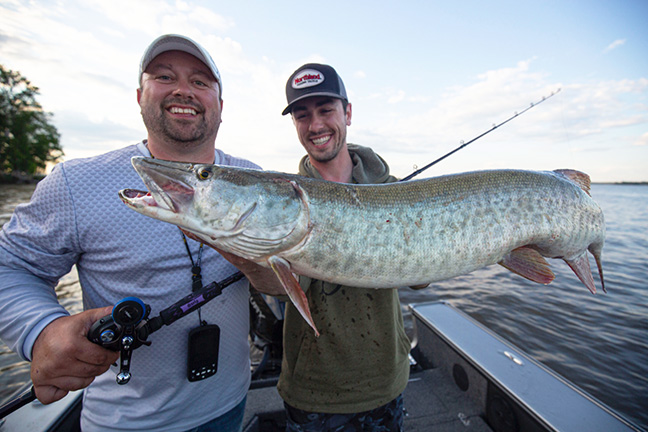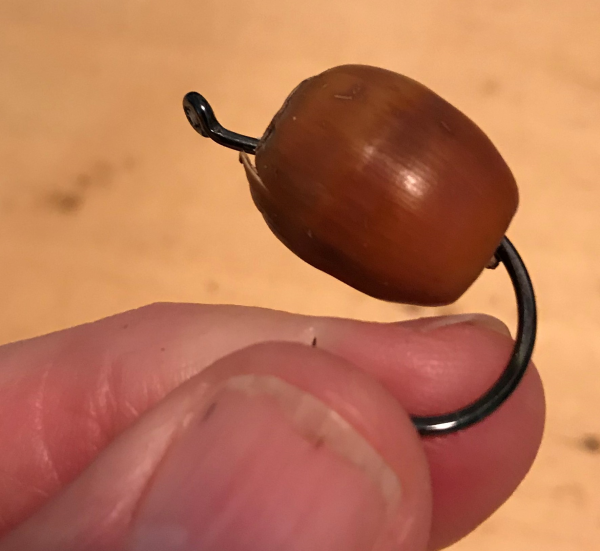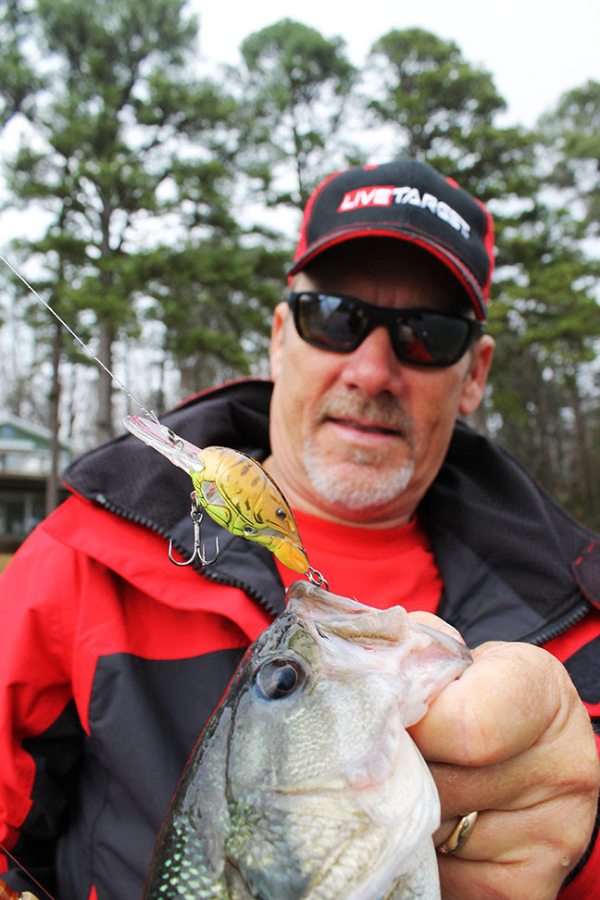You may have seen the alarm company commercial on TV where the woman and her two kids are in the kitchen and a thug shows up at the door. He breaks out the window with something that looks like a tire tool and the woman and kids head to the bedroom. As the alarm sounds the bad guy runs off. The phone rings, the woman answers and the alarm company sends the cops.
That is a great ending for alarm companies and Pollyanna’s. When I see it I have a different vision. The criminal breaks the window, the alarm goes off, the woman and kids head for the bedroom. The cops get there really fast, arriving in only 15 minutes, to find the woman beat to death with the tire iron and the kids missing.
Then I have another vision. It’s my house. The window breaks, my alarm goes off and I run to the bedroom. When the police arrive 15 minutes later they have to step over the body of the bad guy, laying right where he took the full load of #1 buckshot from the 12 gauge I keep by the bed.
There are a couple of problems with my vision. First, I never have kids at my house, so I can keep a loaded gun by the bed, something no one with kids should do. Second, I do have an alarm, but it would probably take the sheriff longer than 15 minutes to get to my house since I live in a rural area.
The biggest problem is what happens next. For me, I would probably be headlined in the paper as a hero for killing a villain. But in some urban areas in Alabama I would be criticized and in some other states I might be arrested. It would be even worse if I used a pistol.
According to Gun Owners of America, that is exactly what happened to Ronald Dixon in New York City. Dixon, a Navy veteran working two full-time jobs, confronted a man that broke into his house one night and the criminal ran at him screaming. Dixon shot the thug, who had a 14 page criminal record, seriously wounding him but not killing him.
What did the local DA do? He filed charges against Dixon for possession of a handgun, an illegal act according to New York City gun laws. Dixon faces up to a year in jail for having the gun. He might be facing the top of a coffin without it, but just possessing an unlicensed handgun is against New York City law. And a license is very hard to get there.
Fortunately here in Alabama it is easier to get a license and you don’t need one to keep a gun in your home for self defense. And you have protection from the government if you have to protect yourself from a criminal.
In 2006 Governor Riley signed a self defense gun law that allows you to protect yourself. A press release from his office contained the following quote: “With this new law, the decision of crime victims who choose to protect themselves and their families won’t be second-guessed,” said Governor Riley. “When you feel your life or your family is in danger from an intruder, you should be able to practice self-defense and not worry if a judge or court is going to penalize you.”
The legislation passed the Alabama Legislature overwhelmingly by a vote of 82-9 in the House and 30-2 in the Senate. You gotta wonder about the 11 legislators that voted against this law. Do they represent you? Are they still in office?



